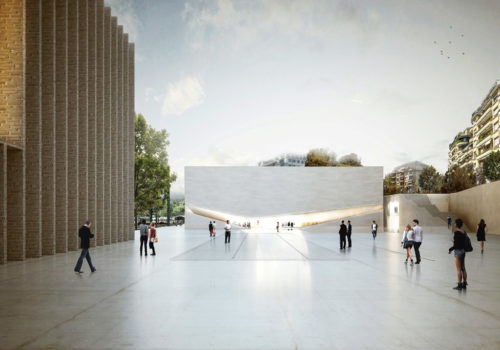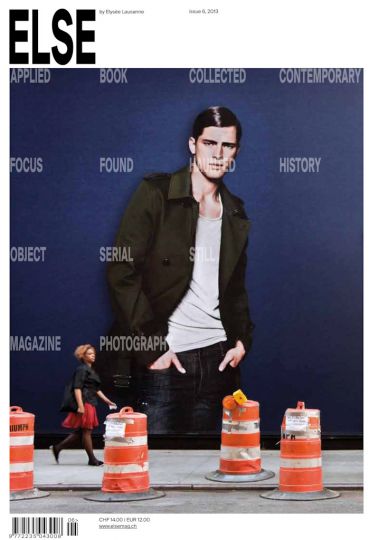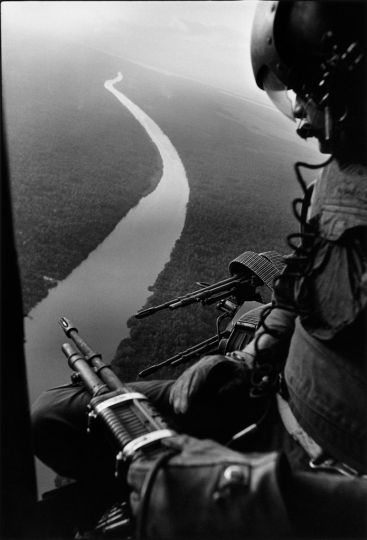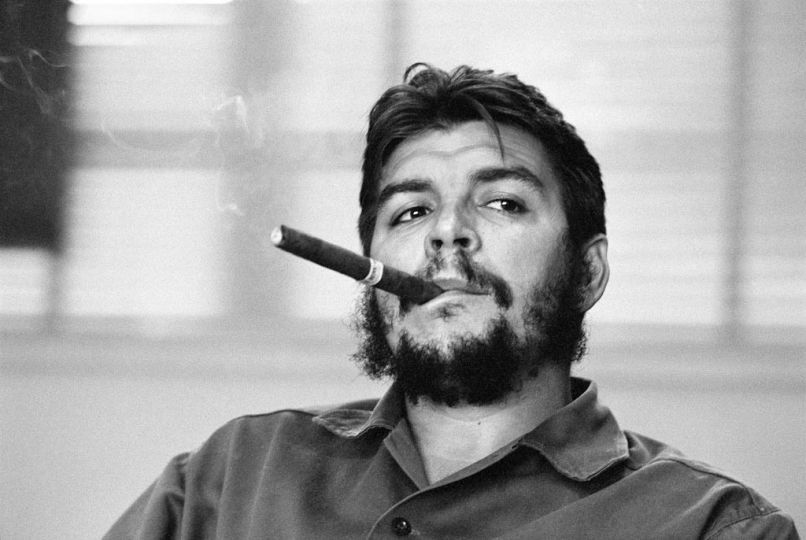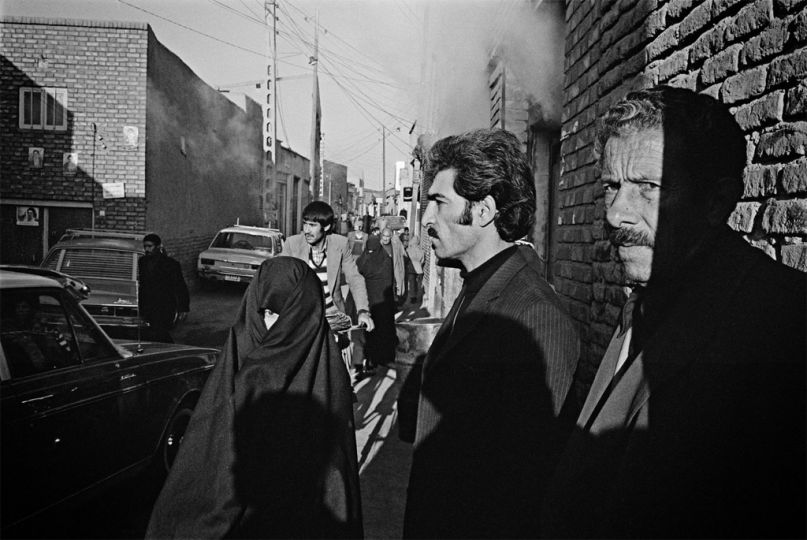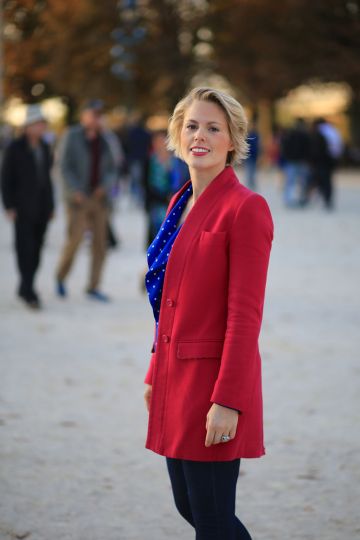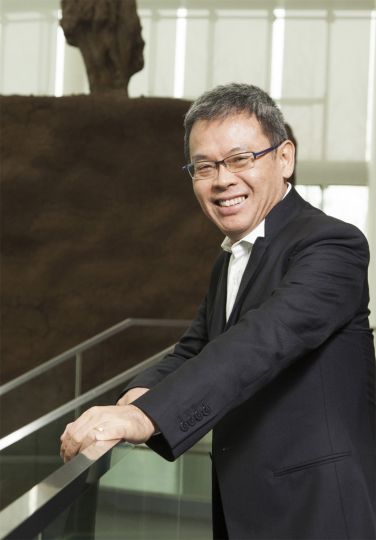Tatyana Franck, 31, director of the Musée de l’Elysée in Lausanne, Switzerland since last spring, brims with ambition. “We want to become the first institution in the world entirely devoted to photography,” she repeated recently on the occasion of the presentation of her future museum at the capital of the canton of Vaud in French-speaking Switzerland.
Or rather a double museum. The canton is on the point of transforming a five-acre brownfield site at the center of Lausanne into an art district. This museum campus, as it is being called for the moment, will consist of two main buildings. One, retaining the slim structure of an old-style locomotive hangar, will house the Musée cantonal des beaux-arts. The other, a white concrete block, will be home to two museums: the Mudac (design and applied arts) at the upper level, and the Musée de l’Elysée at the lower level. The three institutions should be up and running by 2020. The total cost of this arts cluster is estimated at 165 million euros.
The Mudac and the Elysée will thus double their current exhibition surface area, with each attaining around 1,500 square meters. The Elysée will triple its storage and working capacity. It will finally posses modern museum facilities; for the past thirty years, it has been housed in an eighteenth-century mansion.
The museum of design will be bathed in daylight streaming from above. The museum of photography will be located at the lower level, away from direct sunlight but with light filtered through light shafts. Light was the decisive factor in choosing the location for the Mudac and the Elysée. “Photography dreads natural light,” explained the authorities, echoing the Portuguese architects from the Aires Mateus agency, the winner of the international competition overseen by David Chipperfield and Kengo Kuma.
Between the two levels, in a forum open to free pedestrian circulation, the two museums will share a ticket office, bookstore, documentation center, and a cafeteria. The outer shell was conceived so as to allow design and photography to complement each other, for example through joint exhibitions on a shared theme, to spark synergy that might spread to the neighboring fine arts.
It remains to be seen whether the Musée de l’Elysée, one of the strongholds of photography in Europe, might not lose some of its identity in this alliance imposed by the streamlining of the available space. The site is a 22,000 square meter strip between the train station and major urban thoroughfares. However, the place does offer the decisive advantage of being centrally located and easily accessible, especially from the train station. Some 250,000 visitors are projected annually starting in 2020.
Luc Debraine
Information
http://www.elysee.ch
http://www.polemuseal.ch

